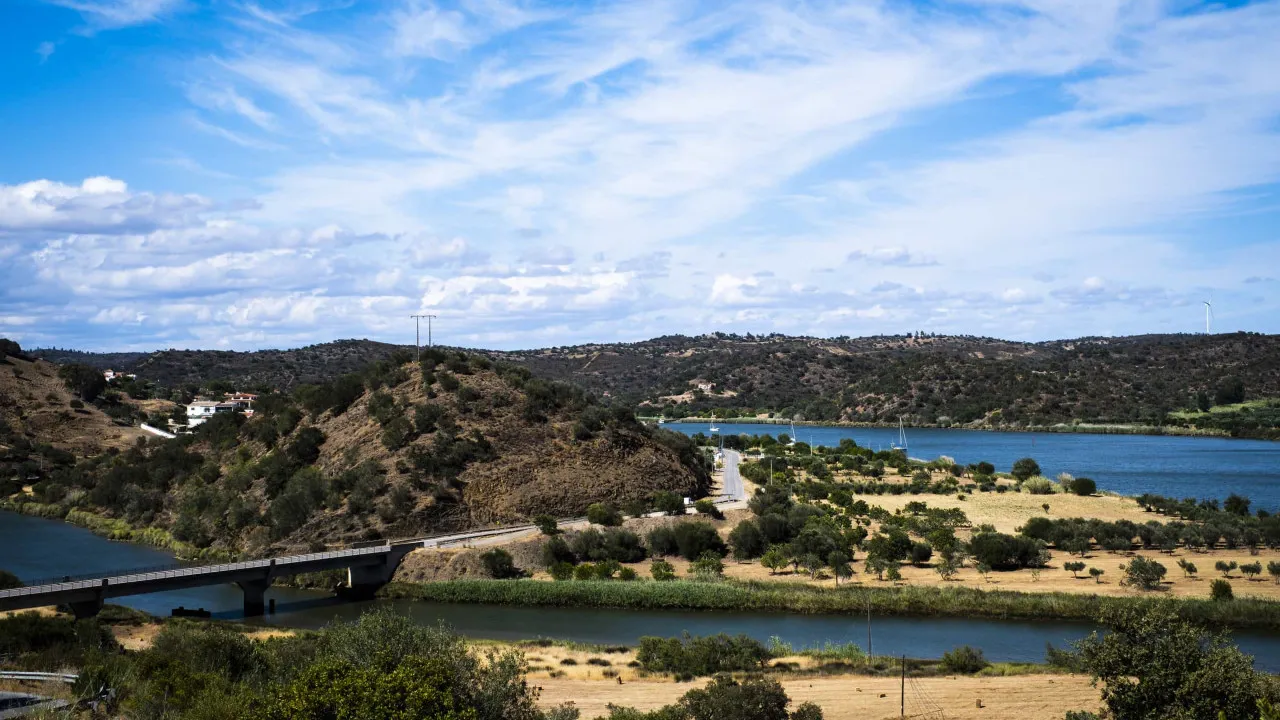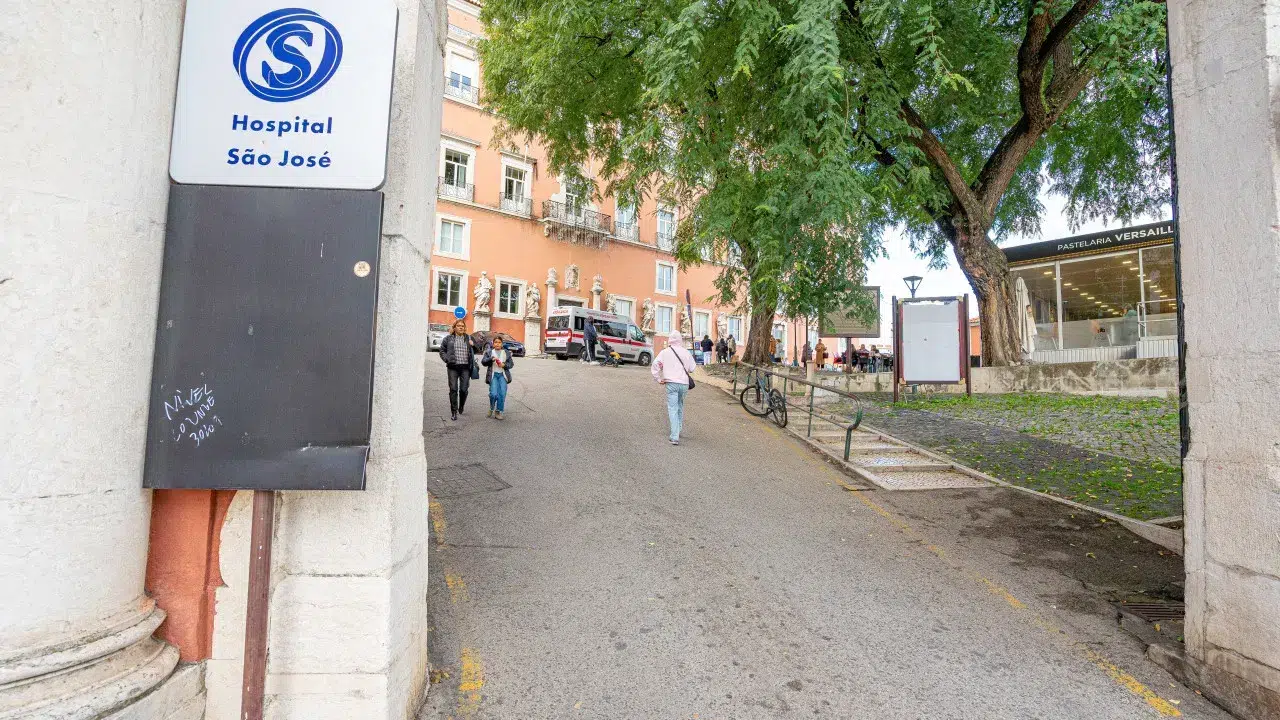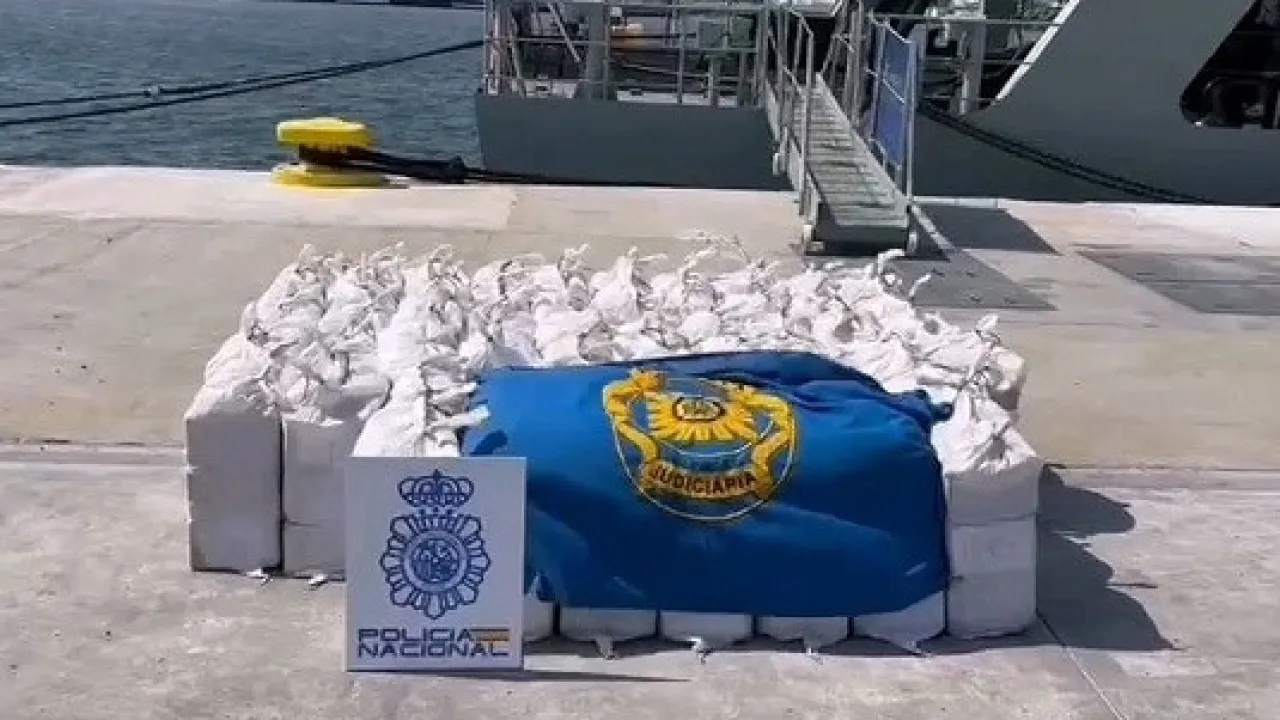
In March 1975, the creation of the Sapal de Castro Marim and Vila Real de Santo António Natural Reserve marked a significant milestone, enabling the country to protect areas that would otherwise have been detrimentally impacted by human activities, explained João Alves of the Institute for Nature Conservation and Forests (ICNF), responsible for managing national natural reserves.
“The results are clearly positive because if these parts of the territory – as well as others classified differently [such as Natural Park] – had not been classified and protected, they would surely have been significantly altered for the worse,” stated the biologist, who has 43 years of experience and has held leadership positions in the field.
Following the establishment of the Sapal de Castro Marim and Vila Real de Santo António Natural Reserve (1975), other reserves were created, including the Tagus Estuary (1976), São Jacinto, Paul do Boquilobo, Sado Estuary, and Berlengas (between 1980 and 1981), Serra da Malcata (1981) aimed at saving the Iberian lynx, Paul de Arzila (1988), and Lagoas de Santo André and Sancha (2000).
“The natural reserves were fundamentally classified to protect sensitive ecological systems, mainly aquatic or transitional systems, such as estuaries,” explained Alves.
This classification enabled cartographic zoning, valuing and prioritizing different parts of the territory, and providing more protection to those that are “more sensitive and more valuable,” along with creating an “associated regulation that determines what can be done, where, and how it can be done,” he noted.
Alves emphasized that “some uses” of these territories “can and should be maintained, with slight modifications, because they often are the reason those territories have those characteristics,” as is the case with salt production in Castro Marim’s salt marsh.
These mechanisms also allowed for interventions in the Tagus Estuary, dealing with industries such as chemical and heavy metal industries, to prevent the discharge of contaminated effluents into the ecosystem, through relocations or the implementation of treatment systems that avoid harmful discharges.
“As water quality improved, dolphins began to revisit,” he exemplified, comparing the Tagus Estuary to the Sado Estuary, where the presence of industry was lesser, maintaining a population of bottlenose dolphins, while those in the Tagus only reappeared once the environment improved.
João Alves also highlighted the importance of this process in raising environmental awareness among all stakeholders in a territory, including municipalities. He recounted how the first natural reserve was created urgently to “prevent Portuguese side marshes of the Guadiana Estuary from being used as dumping grounds for debris and waste,” even by local governments.
“With the classification of the reserve, this stopped, and a recovery and cleaning effort was made, removing what was possible. Nature took care of the rest, and from then on, the reserve was maintained,” he highlighted, stressing that municipalities later realized “the added value of having a natural reserve for both councils.”
Currently, they are “the guardians of the reserve” through their presence in the co-management committee of the protected area, playing a “crucial role in managing and improving visitation conditions,” concluded João Alves.




